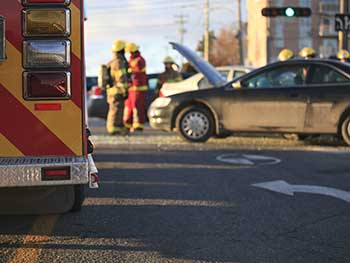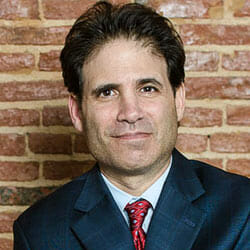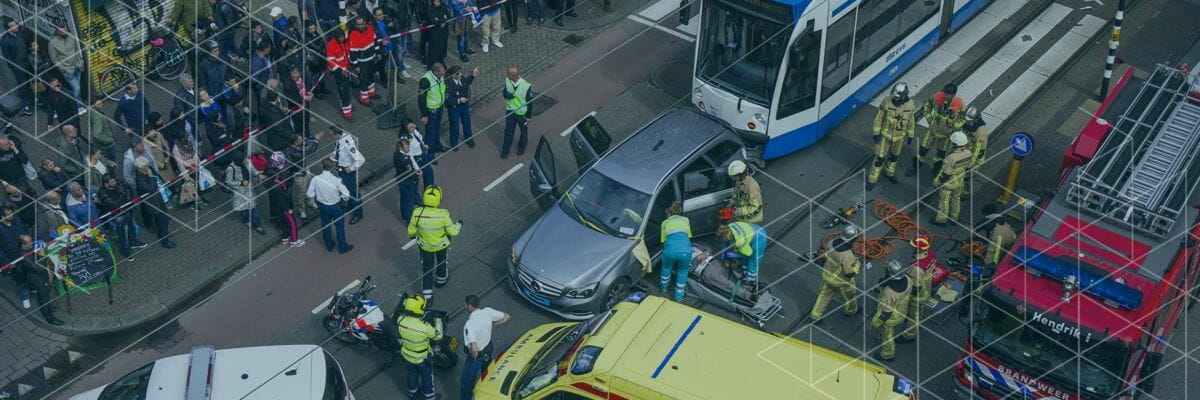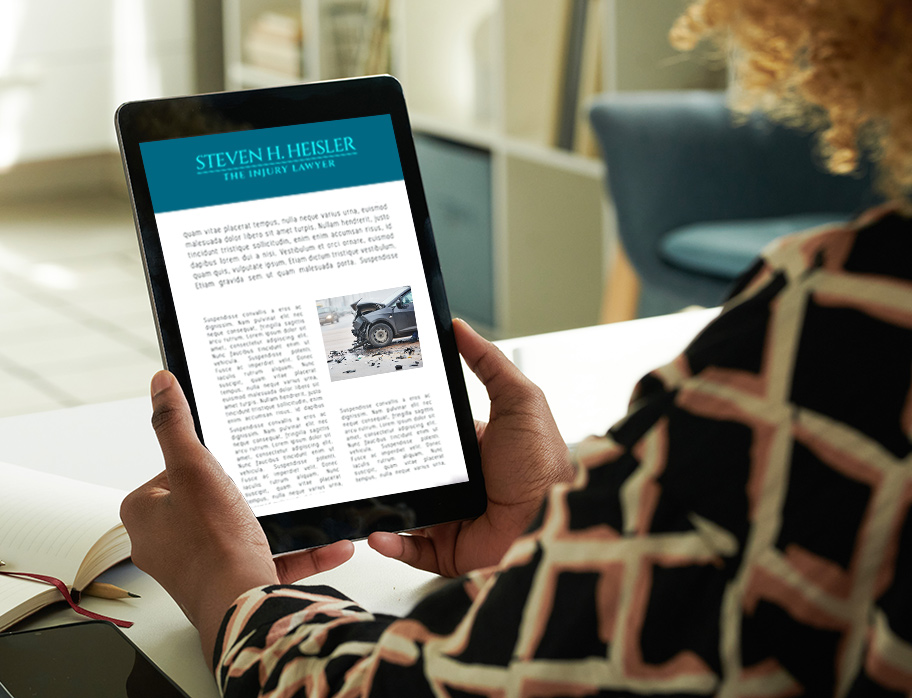Baltimore Intersection Accident Lawyers
 At intersections, all travelers come together: cars, trucks, motorcyclists, bicyclists, and pedestrians. If everyone is playing by the rules, traffic moves smoothly. However, if not everyone is paying attention to right-of-way conventions or is otherwise behaving badly, fatal crashes can occur.
At intersections, all travelers come together: cars, trucks, motorcyclists, bicyclists, and pedestrians. If everyone is playing by the rules, traffic moves smoothly. However, if not everyone is paying attention to right-of-way conventions or is otherwise behaving badly, fatal crashes can occur.
It’s not possible to have a road and highway system without intersections and other conflict points. Otherwise, our abilities to get to where we want to go would be nearly nonexistent. But, make no mistake, intersections are dangerous. Approximately 24 percent of all traffic deaths happened in an intersection or other traffic junction during 2015. Across the country, rural intersections accounted for 16 percent of all fatal crashes, while in less rural areas, intersection accidents produced 32 percent of all fatal crashes.
What Defines an Intersection?
Intersections are basically where one road meets another. They can even be defined as where multiple roads meet. Intersection examples include:
- Side roads
- Cross streets
- Entrances to freeways
- Roundabouts or circles.
Your chances of an accident always go up when you are traveling through an intersection. When traversing any type of intersection, it is essential to obey traffic signs, signals, and right-of-way rules.
Where Have Crashes Happened Locally?
In highly-urbanized areas such as Baltimore or D.C., practically half (49 percent) of all crashes happen at intersections. That’s something to ponder the next time you are trying to make a left turn at a busy local interchange.
In Maryland during 2016, 523 persons died on our roads, but during 2015, 521 died. That number was a 17 percent increase over Maryland fatalities from the previous year. Locally, our intersections have been responsible for a number of accidents, some of them serious or fatal. Here are just a few of the troublesome locations:
- Wolfe and Bank Streets, Baltimore
- Veirs Mill Road (MD 586) and Turkey Branch Parkway, Rockville
- Near I-895 North, where Shell Road and Frankfurst Avenue merge
- S. 40 and Rogers Avenue
- S. 29 and the I-70 ramp
- I-695 ramp and Broening Highway
- S. 1 and Metropolitan Boulevard.
Which Type of Intersection Crash is Deadliest?
Often, intersection crashes occur for many of the usual reasons: drivers are distracted or otherwise not paying attention, they misjudge other drivers’ speed, they operate their vehicles aggressively, or they are under the influence. However, it has been demonstrated that left turns, by far, carry the most risk of a crash. National Highway Traffic Safety Administration studies have shown that 480,000 of all intersection crashes involved drivers making left turns. The most common reasons for left-turn crashes are:
- Not paying attention to blind spots
- Obstructed views
- Misjudging other drivers’ speed
- Falsely assuming what another driver will do
- Illegal maneuvers, such as not yielding the right of way.
Vehicles that are turning left are also the ones most likely to produce intersection crashes that result in fatalities.
A driver has a lot to pay attention to when they are driving through an intersection. Anyone who is speeding, doesn’t stop properly, is distracted, or is driving while under the influence could be considered negligent should an accident occur. Negligent behavior behind the wheel that causes serious injury or death can be the basis for a lawsuit.
Maryland’s Right-of-Way Rules and Laws
One important way to avoid accidents is to obey the rules and laws of right of way. Right-of-way laws should guide a driver’s actions when others are present on the road. However, even if you have the right of way according to the rules, don’t assume you should move into traffic and assert your right. Consider the situation and drive defensively to avoid accidents.
According to the Maryland DMV handbook, it is suggested you yield the right of way in the following circumstances:
- To the driver in the opposite traffic lane, including motorcycles, when you are turning left
- To the driver who is in the intersection before you
- To the driver to your right, when you both arrive at the intersection at roughly the same time
- To drivers on public roads, if you are entering from a private road or a driveway
- To drivers already on an interstate or limited access road, if you are merging from a ramp or other entrance
- To the driver to your right, when the intersection is controlled by four-way stop signs
- To others still in the intersection, including pedestrians and bicyclists
- To other drivers, if you have a Yield sign facing you
- To other drivers on a highway, if you are sitting at a “T” intersection and intend to enter the highway.
Instances in which you must yield the right of way in Maryland include:
- To pedestrians and all other traffic, if you are turning “right on red”
- To pedestrians and all other traffic, if you are turning at a stop sign
- To vehicles in a funeral procession, until all vehicles have passed
- To all pedestrians in a crosswalk who have the signal in their favor
- To all pedestrians who are in the portion of the road on which you are driving, or who are approaching, if there are no markings or signals
- To any pedestrian who is clearly blind, deaf, or mobility-impaired when they have the right of way at a crossing
- To all bicyclists, who have the same rights of way as motorized vehicles.
What Can I Do to Prevent an Accident?
Always approach intersections with caution, especially if you plan to turn left, or if someone in the intersection has their left blinker on. Some other suggestions for avoiding crashes are:
- Slow down as you approach the intersection; be ready to stop unexpectedly.
- Yield to others already in the intersection.
- Check for pedestrians, bicyclists, and others before turning, especially if you are turning right.
- If you are turning left, yield to all drivers going straight.
- When entering a traffic circle, yield to traffic already in the circle and enter only when a traffic gap occurs.
Intersection accidents can be complex. More than one person can be at fault, and those at fault may deny their negligence. If you or a loved one has suffered from a serious intersection crash, it may be in your best interests to seek appropriate legal counsel.

Attorney Steve Heisler
Steve Heisler decided in 1996 that he was going to focus his law practice exclusively on injury cases. Since then, he has been representing injured people against insurance companies, disreputable medical practitioners and Big Pharma, and doing it with compassion, honesty and level-headed rationality. [ Attorney Bio ]


